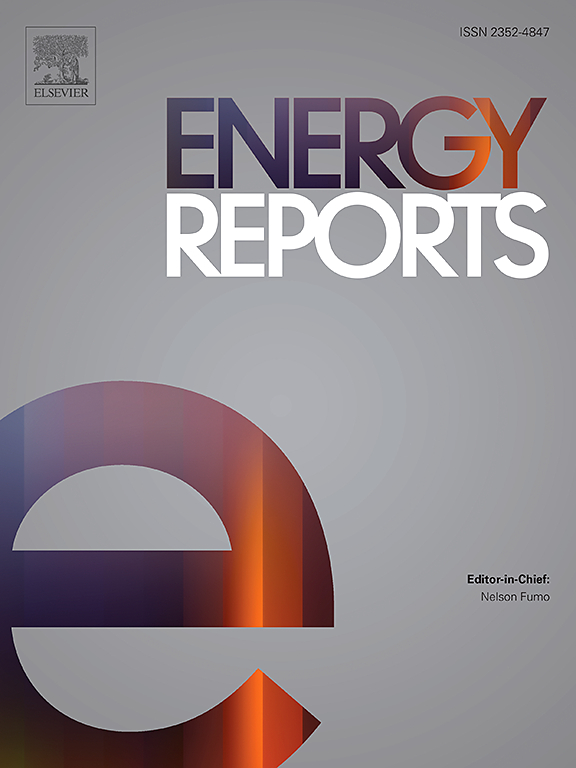Increasing photovoltaic hosting capacity in distribution networks in Puerto Rico: Seasonal and technical characteristics analysis and solutions
IF 5.1
3区 工程技术
Q2 ENERGY & FUELS
引用次数: 0
Abstract
The growing dependence on electrical devices has increased the demand for energy security, which has led many users to adopt photovoltaic (PV) systems as a reliable energy source. This trend occurs in regions such as Puerto Rico, where natural disasters like hurricanes and storms often disrupt the power supply. Despite the environmental and energy security benefits, the massive integration of PV systems poses challenges for the electricity sector, such as overvoltages, overloads, and other power quality issues, especially during peak generation periods. This study evaluates the hosting capacity of PV systems (HCPV) in real distribution networks in Puerto Rico, analyzing six feeders with different characteristics in topology, length, load, voltage, and geographical location. Increasing PV penetration scenarios and time variations were simulated by modeling detailed distribution feeders using OpenDSS, and the results were processed in MATLAB. Strategies to increase HCPV, such as using a battery energy storage system (BESS) and the Volt-VAr control function of smart inverters (SI), were also evaluated. The results show that HCPV varies seasonally and that feeders operating at 13.2 kV are less susceptible to voltage violations than those operating at 8.32 kV and 4.16 kV. In addition, the combination of BESS with the Volt-VAr function of the SI was the most effective strategy for increasing the HCPV. In conclusion, the technical characteristics of the feeders and seasonal conditions significantly influence the HCPV, as well as the occurrence of thermal and voltage violations in the power grid.
增加波多黎各配电网的光伏发电容量:季节性和技术特征分析和解决方案
对电气设备日益增长的依赖增加了对能源安全的需求,这导致许多用户采用光伏(PV)系统作为可靠的能源。这种趋势发生在波多黎各等地区,那里的飓风和风暴等自然灾害经常破坏电力供应。尽管有环境和能源安全方面的好处,但光伏系统的大规模集成给电力部门带来了挑战,如过电压、过载和其他电能质量问题,特别是在发电高峰时期。本研究评估了波多黎各实际配电网中光伏系统(HCPV)的承载能力,分析了6条具有不同拓扑、长度、负载、电压和地理位置特征的馈线。利用OpenDSS软件对详细配电馈线进行建模,模拟了增加光伏渗透情景和时间变化,并在MATLAB中对结果进行了处理。此外,还对提高HCPV的策略进行了评估,例如使用电池储能系统(BESS)和智能逆变器(SI)的伏安控制功能。结果表明,HCPV随季节变化,运行在13.2 kV的馈线比运行在8.32 kV和4.16 kV的馈线更不容易发生电压违例。此外,BESS与SI的Volt-VAr函数相结合是提高HCPV的最有效策略。综上所述,馈线的技术特性和季节条件显著影响HCPV,以及电网中热电压违规的发生。
本文章由计算机程序翻译,如有差异,请以英文原文为准。
求助全文
约1分钟内获得全文
求助全文
来源期刊

Energy Reports
Energy-General Energy
CiteScore
8.20
自引率
13.50%
发文量
2608
审稿时长
38 days
期刊介绍:
Energy Reports is a new online multidisciplinary open access journal which focuses on publishing new research in the area of Energy with a rapid review and publication time. Energy Reports will be open to direct submissions and also to submissions from other Elsevier Energy journals, whose Editors have determined that Energy Reports would be a better fit.
 求助内容:
求助内容: 应助结果提醒方式:
应助结果提醒方式:


